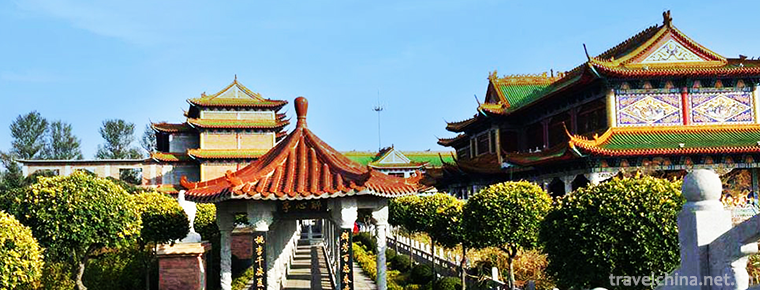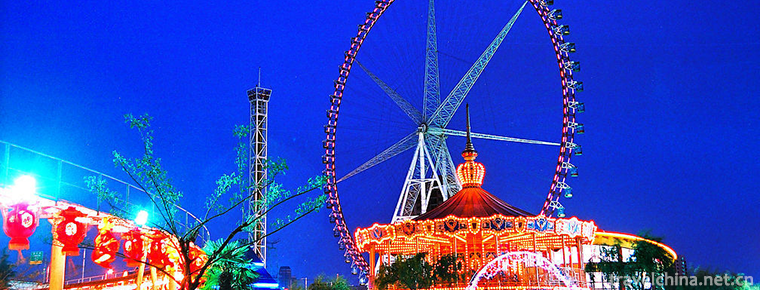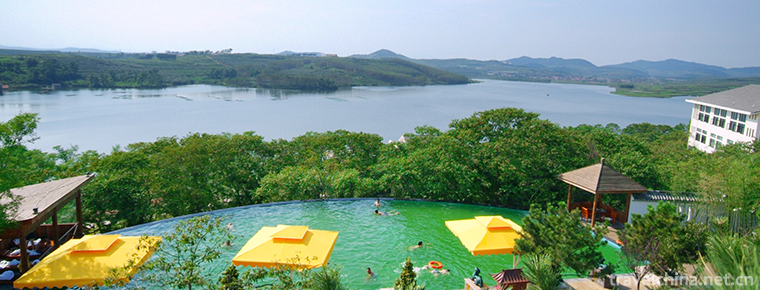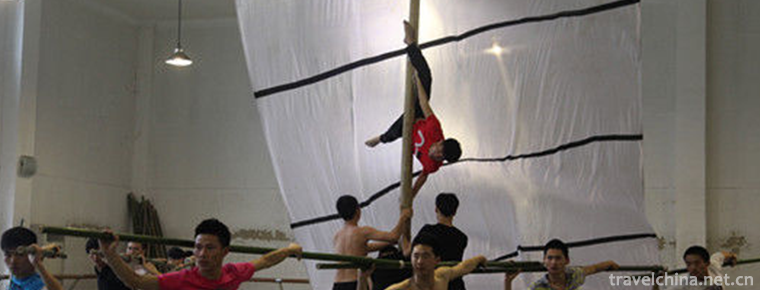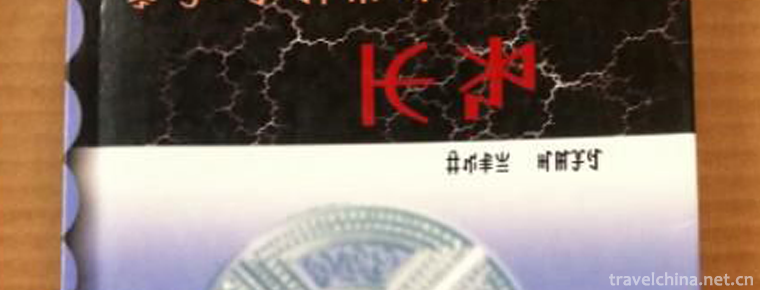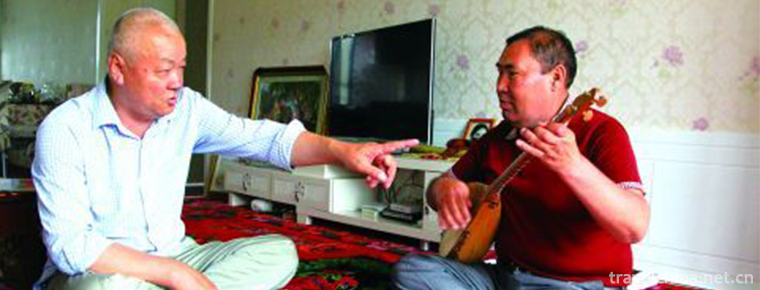Tiger Leaping Gorge
Tiger Leaping Gorge, known as "danger", is one of the deepest canyons in China. The Tiger Leaping Gorge can be divided into Shangri-La and Lijiang sections. Shangri-La Tiger Leaping Gorge is a national AAAA-class tourist scenic spot, which includes the upper, middle and lower Tiger Leaping Gorge and high-way hiking.
Tiger Leaping Gorge is located in the town of Tiger Leaping Gorge in Shangri-La City, 96 kilometers away from Shangri-La City, 80 kilometers away from Lijiang City. The Jinsha River, which originates from the snow mountain of Dandong, Qinghai, is a long way from here.
Suddenly encountering the obstruction of Yulong and Haba snowy mountains, the calm and peaceful river water suddenly became irresistible. Tiger Leaping Gorge is the largest canyon of the Yangtze River in Wanli. It was named after the legend of the Tiger Leaping over the river from the heart stone to the river between Haba and Yulong snowy mountains. 3900 meters below the water rock roar, 216 meters short distance drop, with its high mountains, deep, steep and steep.
There are gas stations on the way from Lijiang to the scenic spot. There are no banks and medical facilities in and around the scenic spot, so everyone should prepare in advance. Tiger Leaping Gorge is 80 kilometers away from the downtown area of Lijiang City. It is 17 kilometers long in the upper reaches of Jinsha River. It is divided into three sections: Tiger Leaping, Middle Tiger Leaping and Xiahu Tiger Leaping. The road is 25 kilometers long, the snow mountain of Yulong is in the east, the snow mountain of Haba in Shangri-La City is in the west, and the vertical elevation difference of the canyon is more than 3,900 meters. It is one of the deepest canyons in the world. The narrowest part of the river, only about 30 meters, legend has it that the tiger down the mountain, in the river on the reef slightly raised feet, you can fly over, so called Tiger Leaping Gorge. There are 18 reefs in the gorge, 7 dangerous banks and 10 waterfalls, up to 10 meters.
Hutiaoxia gorge at an altitude of 1800 meters; Yulong Snow Mountain on the south bank at an altitude of 5596 meters, the side of the gorge is steep, almost cliff, no road to find; Haba Snow Mountain on the north bank at an altitude of 5396 meters, the side of the gorge slightly gentle slope, this side of a simple gravel road, through the whole gorge, there is a footpath above the road. Shanghhutiao is the narrowest section of the canyon, 9 kilometers away from the highway town of Tiger Leaping Gorge. Its core lies on a boulder, lying in the middle of the stream, like a fallen waterfall and a high ridge standing in front of us, dividing the torrent into two parts and shaking the sky. Legend has it that a tiger once leaped from the side of Yulong Snow Mountain to Haba Snow Mountain by taking advantage of this huge rock in the center of the river, so the stone was named Tiger Leaping Stone.
Down the tiger. Xiahu Tiger Leaping has a huge depth of 1,000 meters. It is near the exit of Tiger Leaping Gorge. It is the best place to enjoy Tiger Leaping Gorge.
When entering the Tiger Leaping Gorge in Lijiang, Yunnan Province, it should be from Dawu Township, Yulong Naxi Autonomous County, Lijiang City. This is actually the Xiahu Tiger Leaping Gorge area. Tiger jump through the tiger jump, tiger jump on the Tiger jump Daqiaotou Town, Dayou Township to visit Tiger jump Gorge, Lijiang area bus passenger station tickets, ticket prices about 23.5 yuan. Tiger Leaping Gorge tickets are 65 yuan.
In October 23, 2005, China's most beautiful place list was released in Beijing. The ten most beautiful canyons in China were Yarlung Zangbo Grand Canyon, Jinsha River Tiger Leaping Gorge, Three Gorges of the Yangtze River, Nujiang Grand Canyon, Meili Grand Canyon of Lancang River, Tailuge Grand Canyon, Shanxi-Shaanxi Grand Canyon of the Yellow River, Jinkou Grand Canyon of the Dadu River, Taihang Mountain Grand Canyon, and Kuche Grand Canyon of Tianshan Mountain.

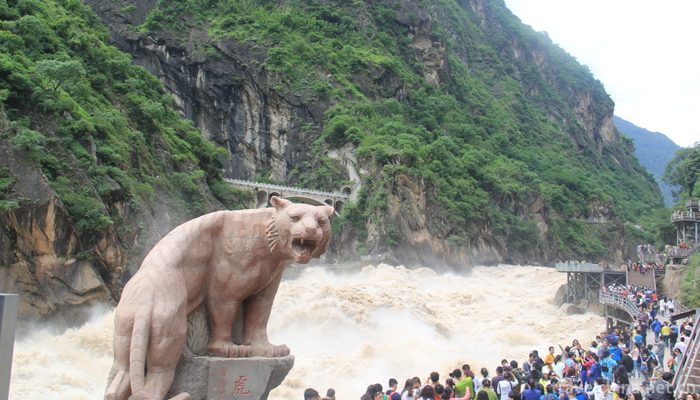
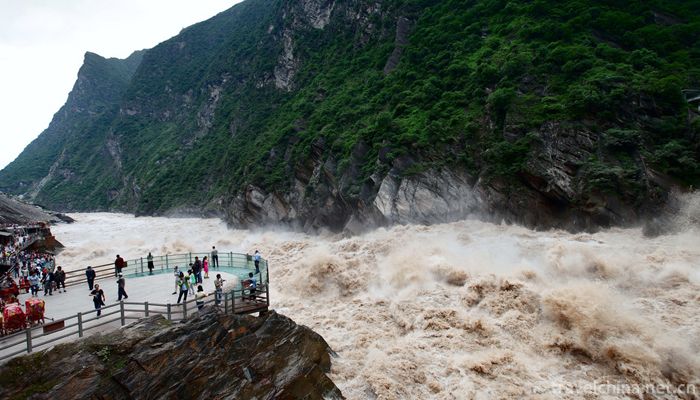
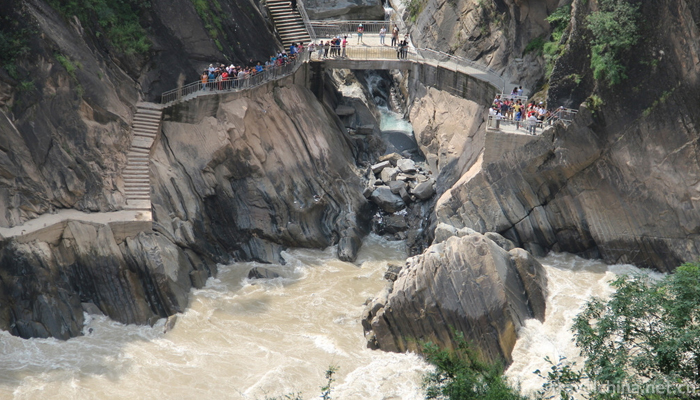
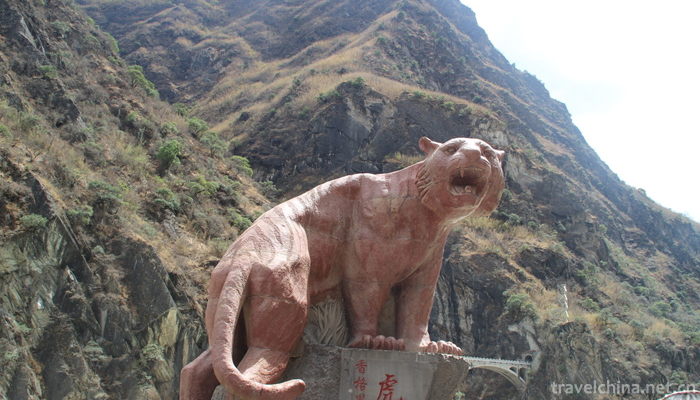
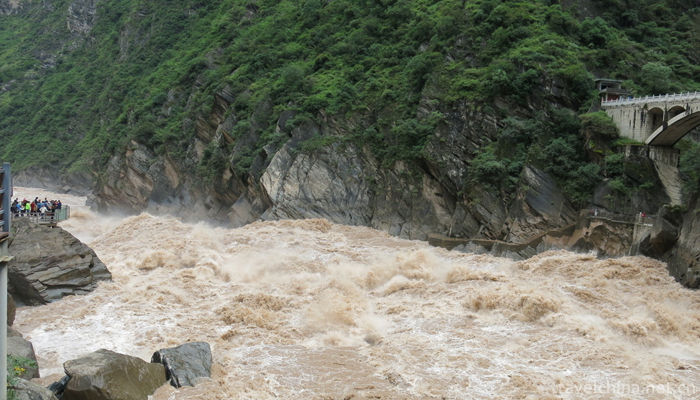
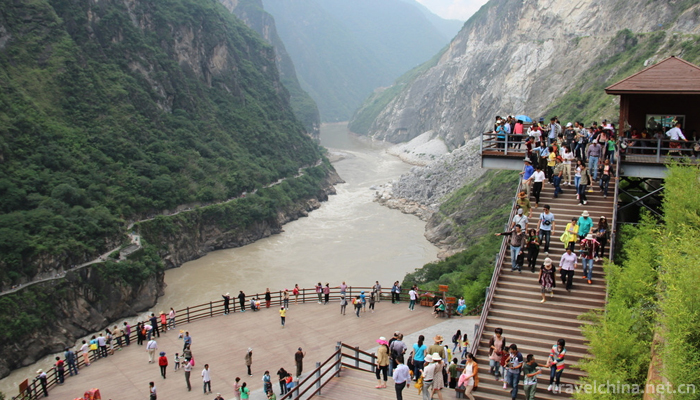
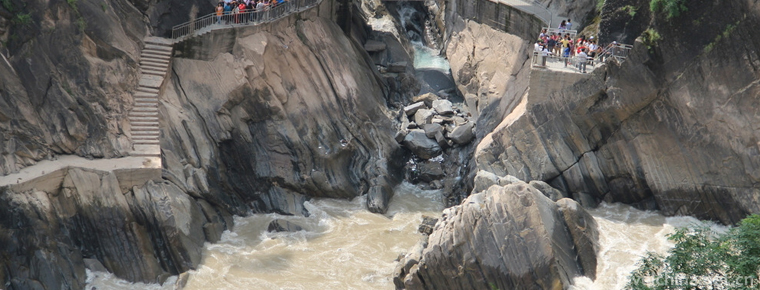
Tiger Leaping Gorge
-
Heilongjiang Science and Technology Museum
Heilongjiang Science and Technology Museum is located in Sun Island Science and Technology Park of Harbin City, which is a ship-shaped building sailing
Views: 306 Time 2018-12-08 -
Shanghai Park Hyatt Hotel
Shanghai Park Hyatt Hotel is an exquisite modern Chinese-style residential hotel, located on the 79th to 93rd floors of Shanghai Global Financial Center, known as the Vertical Comprehensive Urban Area
Views: 213 Time 2018-12-16 -
Sannong Expo Park
Shenyang Sannong Expo Park is located in the south of Daliutun Town, Xinmin City, Liaoning Province. It is 15 kilometers away from Xinmin City and 75 kilometers away from Shenyang City. It was built i
Views: 139 Time 2018-12-18 -
Jinjiang Amusement Park
Jinjiang Paradise is the first large-scale modern amusement park in Shanghai, China. It covers an area of 170 Mu and has 40 amusement projects. It is suitable for tourists of all ages. It receives abo
Views: 216 Time 2019-01-29 -
Daming Palace Site in Changan City of Tang Dynasty
Daming Palace Site is located in Taihua South Road, Xi'an City, Shaanxi Province. It was destroyed in Binggong at the end of Tang Dynasty.
Views: 185 Time 2019-02-13 -
Weihai Tianmu Hot Spring Resort
Tianmu Hot Spring Resort Project invested 600 million yuan by Zhuhai Tianmu Group. A total of 35,000 square meters were opened in September 2008.
Views: 99 Time 2019-02-22 -
Lishui Shipmans Chant
Lishui Shipman's Chant is a unique work chant transformed from local minor. It is a kind of traditional folk music with strong rhythm, which reflects the hard life of the shipmen and the work scene in
Views: 143 Time 2019-05-13 -
Mamuteyi Ma mu te yi
Mamuteyi, translated into Chinese as Education Classic, is the product of the slavery society of the Yi people in Liangshan. In the Yi language, "Ma" means education, instruction and persuas
Views: 154 Time 2019-05-16 -
Toleau
The phonetic translation of "Toleau" in Kazakh means "lyric", "lyric poem", "revelation song" and "propaganda narration". It is one of the oldest form
Views: 445 Time 2019-06-24 -
Yi Kezhi
Yi Kezhi is a popular oral literature of poetry style among the Yi people. It is the cultural accumulation formed by the Yi people in their long-term production and life, and has a very long history.
Views: 178 Time 2019-07-12 -
Chengdu Sport University
Chengdu Institute of Physical Education is one of the six institutes directly under the former State General Administration of Sports. It is now a co-established Institute in Sichuan Province with the
Views: 240 Time 2019-08-31 -
Ding Zhens voice is on the rise and the tiktok of Ganzi Sichuan has doubled
In November 11th CCTV news and Oriental tiktok were put on a short video of the tremble. Ding Zhen, the "sweet boy" in the video, triggered a phenomenal network event with a transmission volume of more than 5 billion times. At the same time, Ding Zhen also became the propaganda Ambassador of his hometown Litang County, driving the search volume of "Litang" to soar by 620%.
Views: 103 Time 2020-12-07


